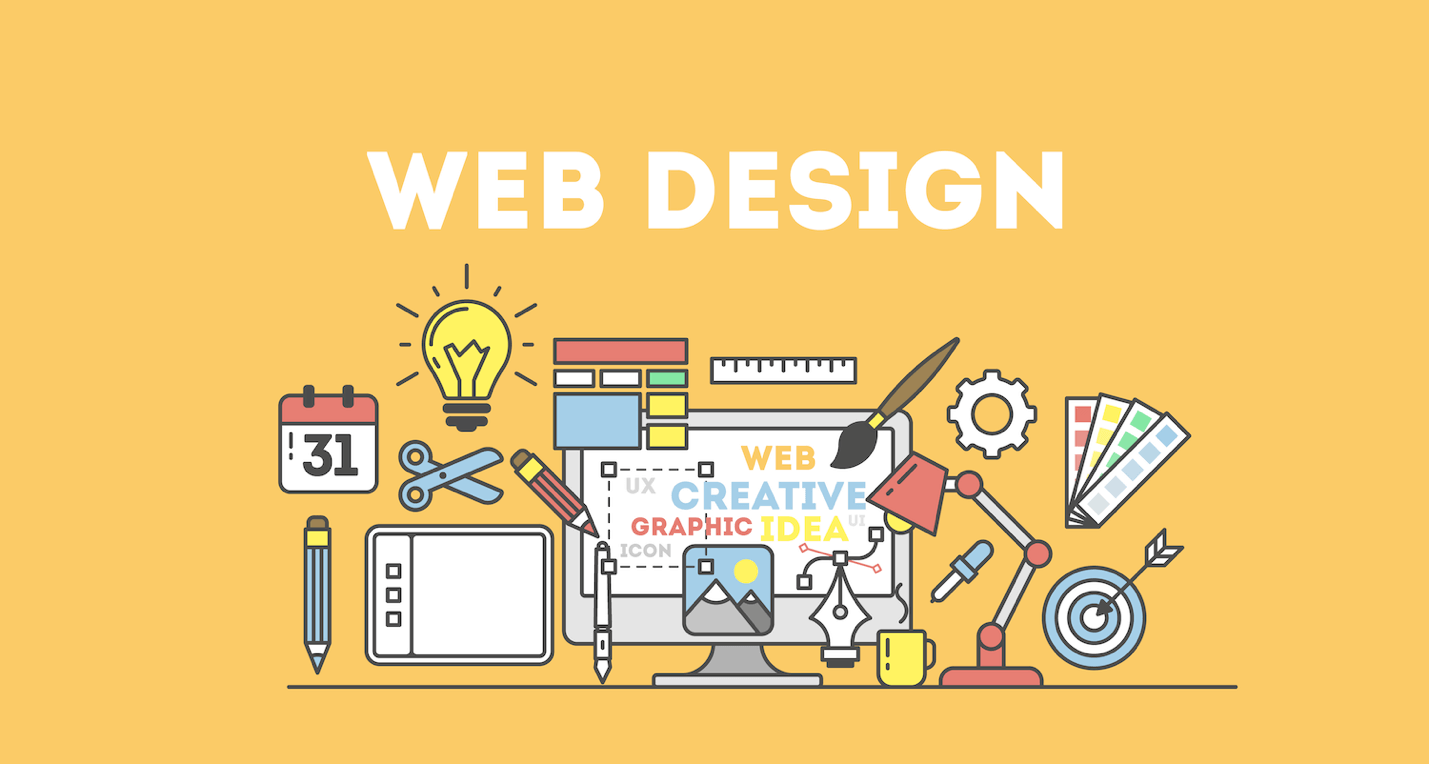Exploring the Impact of Responsive Web Layout on Ease Of Access and Individual Satisfaction Across Various Gadgets
The emergence of receptive web design (RWD) has actually transformed the electronic landscape, specifically in improving ease of access and user complete satisfaction across a multitude of devices. By utilizing versatile layouts and flexible interfaces, RWD not only caters to varied user demands however additionally attends to the vital relevance of inclusivity in web experiences.

Meaning of Responsive Website Design
Receptive Website Design (RWD) transforms the user experience throughout various devices by guaranteeing that web material adapts fluidly to various display sizes and positionings. This design method makes use of versatile grids, designs, and images, along with CSS media questions, to develop a seamless surfing experience. By using these methods, RWD enables websites to instantly resize and reorganize material, making it easily accessible on devices varying from desktop computer computers to smartphones.
The core concept of RWD is to offer an optimal watching experience, which consists of simple reading and navigation without the requirement for too much resizing or scrolling. This versatility is vital in a digital landscape where individuals access information through various tools with differing screen resolutions. RWD not just improves functionality but also boosts tons times, as it usually utilizes a solitary codebase to serve multiple gadgets, decreasing the demand for separate mobile websites.
Ultimately, Receptive Website design aims to produce a cohesive and appealing user experience, ensuring that material is aesthetically appealing and functionally effective, regardless of the tool being used. This versatility is vital in fulfilling the diverse requirements these days's net users, fostering interaction and complete satisfaction across systems.
Importance of Availability
Just how can we guarantee that all individuals, no matter their capacities, can engage with web content successfully? Accessibility in web style is of vital relevance, as it fosters inclusivity and ensures equivalent access to information for individuals with impairments. This encompasses aesthetic, auditory, and cognitive impairments, needing designers to think about diverse individual requirements.
Carrying out access attributes, such as different message for images, key-board navigating, and ideal shade comparison, enables customers to connect with material flawlessly. Adhering to developed standards, such as the Web Content Accessibility Guidelines (WCAG), offers a structure for developing easily accessible web experiences.
By focusing on availability, organizations not only follow lawful requirements yet also enhance their brand name online reputation, showing a commitment to social obligation. Additionally, available websites usually lead to improved functionality for all users, as features designed for inclusivity can profit a broader target market.
Inevitably, the value of accessibility goes beyond mere conformity; it has to do with creating an electronic environment where every customer can navigate, comprehend, and involve with content effectively, therefore enriching the general internet experience for everyone.
Individual Complete Satisfaction Across Instruments
Many individuals anticipate a seamless experience when accessing web content throughout various gadgets, from desktop computers to smartphones. This expectation is rooted in the raising variety of tools and screen sizes readily available today. Receptive website design (RWD) plays a vital duty in meeting these assumptions by guaranteeing that internet sites adjust fluidly to various display environments.
User contentment is dramatically affected by the accessibility and usability of a website - web design. When users can easily browse, check out, and interact with material no matter the tool they are utilizing, their total complete satisfaction rises. A well-implemented responsive layout decreases the need for zooming or straight scrolling, which can irritate users and lead to greater bounce prices
Furthermore, individual satisfaction is also influenced by variables such as filling speed and visual charm. RWD strategies that enhance pictures and enhance code can enhance performance, thus adding to a much more pleasurable customer experience. As individuals engage with content that is tailored to their tool, they are most likely to hang out on the site, return for future gos to, and suggest it to others. Ultimately, receptive web design cultivates a favorable connection in between individuals click over here and web material across tools.
Effect On Mobile Users

The influence of RWD on mobile customers prolongs beyond visual appeals; it considerably influences usability. A well-designed responsive website minimizes the demand for too much scrolling and zooming, helping with a much more intuitive communication. It fosters inclusivity by suiting users with differing abilities, making certain that those who count on mobile gadgets can access details with simplicity.
Additionally, mobile individuals gain from much faster filling times, as RWD optimizes resources based on gadget capabilities. This performance is essential, as mobile customers often seek fast information and may Recommended Site desert websites that fall short to pack immediately. Ultimately, the combination of responsive internet design is vital for meeting the diverse needs of mobile users, boosting their overall experience and encouraging continued engagement with the web content.
Ideal Practices for Execution
Applying responsive internet design (RWD) properly requires adherence to several best techniques that guarantee optimum efficiency across gadgets. First, utilizing a fluid grid layout is necessary; this enables components to resize proportionally based upon the display measurements, providing a seamless experience. In addition, utilizing adaptable pictures makes certain that visuals scale correctly without shedding quality or causing design problems.

It is additionally vital to consistently check the site across various platforms and gadgets to identify possible usability problems. Devices such as internet browser developer tools and responsive style testing services can help in this process. Ensuring that all interactive elements are touch-friendly and maximizing page load times considerably contribute to user contentment and ease of access. By adhering to these finest methods, organizations can develop a robust and accessible web presence that fulfills the diverse demands of customers throughout different tools.
Final Thought
In conclusion, responsive website design plays a vital function in boosting accessibility and individual satisfaction across diverse gadgets. By carrying out adaptable grids, images, and media inquiries, RWD facilitates a seamless user experience, particularly for people with handicaps. As mobile index usage remains to increase, the fostering of RWD comes to be vital for providing aesthetically appealing and functionally effective websites. Eventually, the assimilation of ideal techniques in receptive style fosters inclusivity, minimizes bounce prices, and promotes higher user engagement.
The emergence of receptive web design (RWD) has transformed the electronic landscape, particularly in improving ease of access and customer complete satisfaction throughout a wide range of devices.Receptive Web Layout (RWD) changes the user experience throughout different devices by guaranteeing that web material adapts fluidly to various display dimensions and positionings. Eventually, receptive web layout fosters a positive connection in between customers and web material throughout tools.
Over 54% of global internet website traffic now originates from mobile tools, highlighting the important importance of enhancing internet experiences for this user base. Receptive web style (RWD) plays a crucial function in boosting ease of access and user satisfaction for mobile individuals.
Comments on “The Ultimate Guide to Creating Effective and Engaging Web Design”